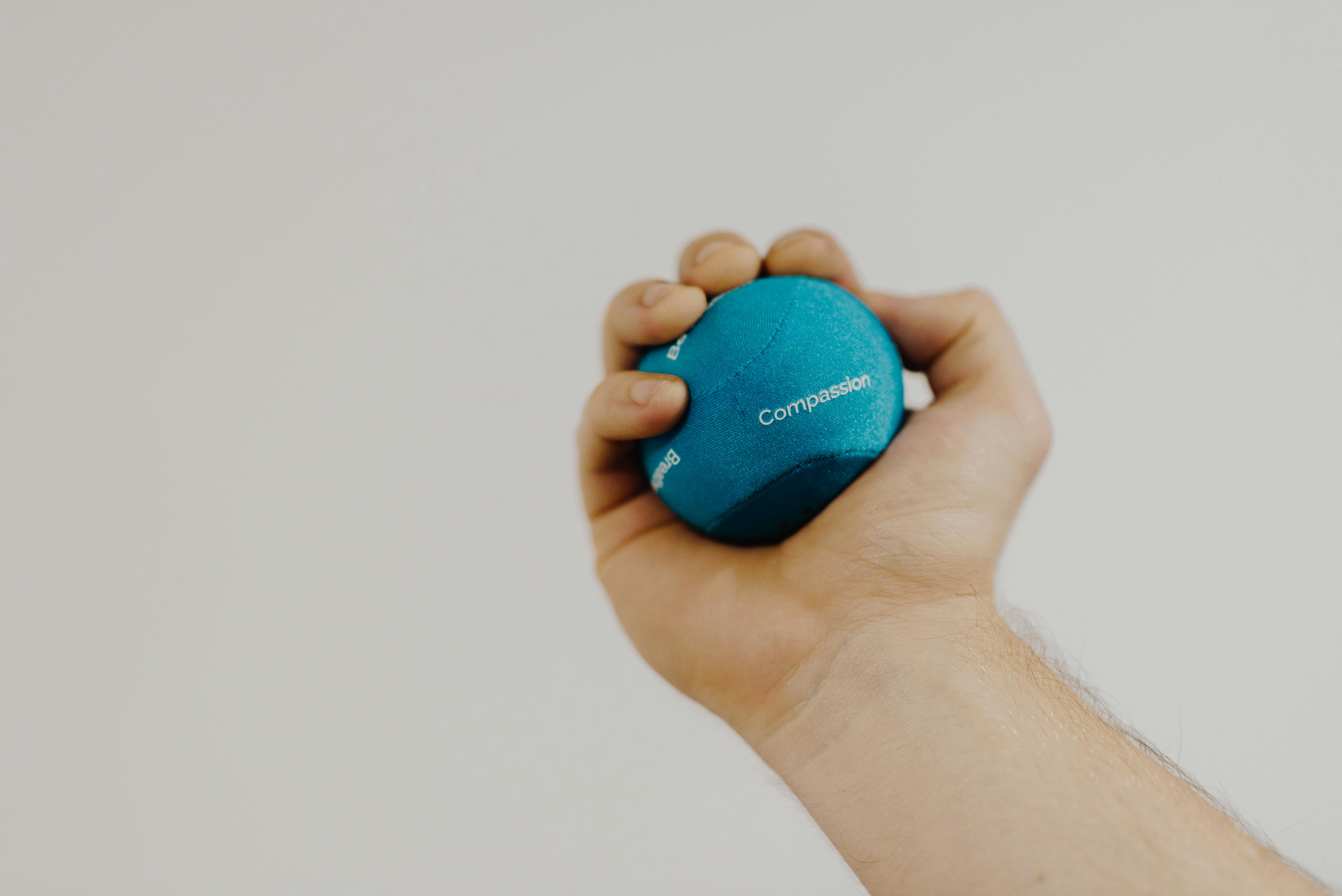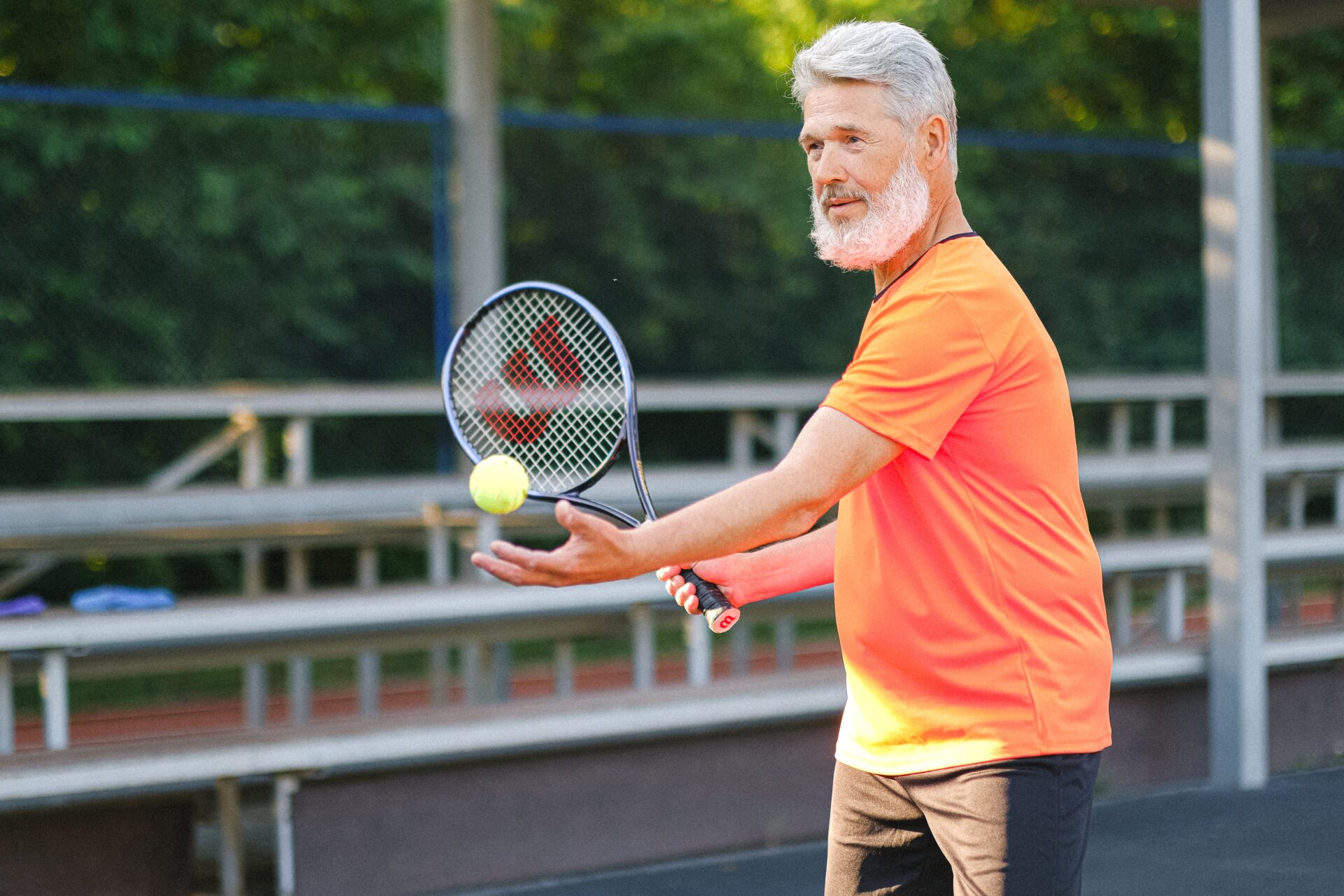Throwing a ball is a fun activity that many of us enjoy, but did you know that it can sometimes cause pain in the arm? It is not uncommon for an individual to experience pain in the arm after throwing a ball, and this is something that needs to be addressed. In this article, we will explore why your arm may hurt when you throw a ball and provide some tips on how to prevent this discomfort.Arm pain when throwing a ball can be caused by a variety of factors, including poor form, overuse of the arm muscles, and underlying medical conditions. Poor throwing form can cause the arm muscles to become overworked and result in pain. Overusing the arm muscles can lead to strains or tears in the muscle fibers, which can cause pain. Additionally, certain medical conditions like tendonitis or arthritis can also cause arm pain when throwing a ball.
Risk Factors for Arm Pain When Throwing a Ball
Arm pain is a common complaint among athletes who throw balls, such as baseball and softball players. Throwing a ball utilizes the muscles and joints in the arm, which can lead to injury or pain. There are several risk factors that can increase the chances of arm pain when throwing a ball.
Inadequate Warm-up
One of the most common causes of arm pain when throwing a ball is inadequate warm-up. The muscles and joints in the arm need to be properly prepared for throwing by doing dynamic stretches and light activity before starting. Failing to warm up adequately can lead to muscle tightness, which can cause arm pain during or after throwing.
Poor Form
Another risk factor for arm pain when throwing is poor form. Poor form can lead to an imbalance of stress on certain muscles or joints in the arm, which increases the chances of injury or pain. Proper technique should be learned and practiced regularly in order to reduce the risk of injury or pain.
Inadequate Strength/Flexibility
Having inadequate strength or flexibility in the muscles and joints of the arm can also increase the risk of injury or pain when throwing a ball. Strength training exercises should be done regularly to ensure that all muscles are strong enough to withstand the forces involved in throwing a ball. Flexibility exercises should also be done regularly to ensure that all muscles are flexible enough for proper range of motion during throwing motions.
Overuse Injury
Finally, overuse injuries are another common cause of arm pain when throwing a ball. Overuse injuries occur when one particular motion is repeated too often without adequate rest time between repetitions. It is important to take regular breaks from repetitive activities and allow for adequate recovery time after strenuous activities in order to reduce the risk of overuse injuries.
How to Reduce Arm Pain When Throwing a Ball
Throwing a ball can be a great way to have fun, but it can also lead to arm pain and soreness. If you’re an avid ball-thrower, you may have experienced this issue before and know how uncomfortable it can be. Fortunately, there are several steps you can take to reduce arm pain after throwing a ball.
First, before you start throwing, make sure that you’re using the correct technique. You should focus on using your entire body when making the throw; use your legs to generate power and keep your arms relaxed. This will help prevent any strain or damage to your arms, which can lead to arm pain later on.
Next, make sure that you’re using the appropriate size of ball for your body type and strength. If the ball is too large or too heavy for you to handle comfortably, then it will put extra strain on your arms and cause them to become sore more quickly.
It’s also important to warm up and stretch before throwing the ball. This will help loosen up all of the muscles in your arms and prepare them for the physical activity ahead. Make sure that you focus on stretching out all of the muscles in your forearms and upper arms as well as your shoulders; this will help reduce any discomfort or pain later on.
Finally, make sure that you’re taking breaks in between throws so that your arms can rest and recover from any strain they may have experienced during throwing. Taking short breaks throughout a long period of throwing will allow the muscles in your arm time to relax and rejuvenate themselves before being used again.
By following these simple steps, you should be able to reduce arm pain after throwing a ball significantly; this will help ensure that every throw is comfortable and enjoyable!
Strengthening Exercises for Throwing a Ball
Throwing a ball requires coordination, strength, and endurance. To become a stronger thrower, it is important to incorporate exercises into your routine that will help improve your overall throwing ability. Strengthening exercises can help increase your power, accuracy, and speed when throwing a ball. Here are some exercises you can do to build strength for throwing a ball:
One of the best exercises for strengthening your arms and shoulders for throwing is the shoulder press. This exercise helps build muscle in the chest and shoulders, which will help improve your range of motion when throwing. To do this exercise, hold a dumbbell in each hand at shoulder level with your palms facing forward. Press the weights up over your head until they are extended above your head and then lower them back down to shoulder level.
Another great exercise to strengthen the muscles needed for throwing is the biceps curl. This exercise focuses on strengthening the biceps muscle which helps provide power and accuracy when throwing a ball. To do this exercise, hold a dumbbell in each hand with palms facing forward and elbows close to your body. Bend both elbows, bringing the weights up towards your shoulders until your biceps are fully contracted before returning back down to starting position.
Medicine ball throws are great for strengthening muscles that help generate power when throwing a ball. This exercise helps increase core strength as well as arm strength that will help improve speed and accuracy when you’re throwing a ball. To do this exercise, stand with feet slightly wider than hip-width apart with knees bent slightly while holding a medicine ball in both hands extended out in front of you. Throw the medicine ball up as high as possible using an explosive motion before catching it on its way down.
Incorporating these exercises into your routine will help you become stronger thrower by increasing muscle strength in arms and shoulders as well as core strength needed to generate power when throwing. With regular practice and dedication, you’ll be able to see an improvement in your overall performance when it comes time to throw a ball!
Treatment Options for Arm Pain When Throwing a Ball
If you experience arm pain when throwing a ball, there are various treatment options available. Rest is the primary form of treatment and should be attempted before any other treatments. Resting your arm for several days will allow the muscles to heal and can provide relief from the pain. During this time, it is important to avoid any activities that could exacerbate the injury, such as throwing or using your arms in any strenuous activity. Additionally, using ice or heat therapy can help reduce inflammation and may provide some relief from the pain.
Over-the-counter medications such as ibuprofen or acetaminophen can also help reduce pain and inflammation associated with arm pain when throwing a ball. If these treatments are not providing adequate relief, a doctor may prescribe a stronger medication such as an analgesic or anti-inflammatory drug. In addition to medications, physical therapy may be recommended to strengthen the muscles in the arm and improve flexibility, which can help prevent future injuries.
In some cases, surgery may be necessary to repair any damage that has occurred in the arm due to throwing a ball. This type of surgery is typically only used as a last resort when other treatments have failed to provide relief from arm pain when throwing a ball. Surgery is usually performed under general anesthesia and involves making an incision in the affected area in order to repair any damaged tissue or ligaments that may be causing the pain. While surgery is an effective treatment, it does have potential risks and should only be considered after all other treatments have been exhausted.

Diagnosing the Cause of Arm Pain When Throwing a Ball
Arm pain when throwing a ball can be caused by a variety of issues, ranging from minor injuries to more serious medical conditions. Diagnosing the cause of arm pain is important in order to determine the best course of treatment. If you are experiencing arm pain when throwing a ball, it is important to consult with your physician to receive an accurate diagnosis and treatment plan.
There are several possible causes of arm pain when throwing a ball. The most common causes include muscle strain, tendonitis, pinched nerves, and arthritis. Muscle strain can occur if the muscles in your arms have been overworked or strained too far, resulting in pain and soreness. Tendonitis is an inflammation of the tendons around the elbow joint that can cause painful sensations while throwing a ball. Pinched nerves can result from repetitive motion or poor posture that puts too much pressure on the nerves in your arms. Finally, arthritis can cause pain and stiffness in joints throughout your body, including those used for throwing motions.
Your physician may use several methods to diagnose the cause of your arm pain when throwing a ball. Your doctor may ask questions about your symptoms and any activities that might have caused them. A physical examination may also be performed to assess swelling or tenderness around joints or muscles. Your doctor may also order imaging tests such as X-rays or an MRI to identify any underlying medical conditions that could be contributing to your symptoms.
Once the cause of your arm pain has been diagnosed, your doctor will recommend an appropriate treatment plan for you. Treatment options may include rest, physical therapy exercises, medications such as anti-inflammatories or corticosteroids, and even surgery if necessary. Following your doctor’s recommendations will help you manage and relieve any discomfort associated with arm pain when throwing a ball so that you can participate in recreational activities without fear of injury or discomfort.
Understanding the Mechanism of Arm Pain While Throwing a Ball
Arm pain while throwing a ball is a common complaint amongst athletes, especially those who play baseball or softball. The pain is usually felt in the shoulder, elbow and/or wrist. It can range from mild discomfort to severe and debilitating pain. Understanding the mechanics of arm pain when throwing a ball can help to prevent it from occurring in the first place.
The main cause of arm pain when throwing a ball is overuse or misuse of the muscles and joints involved in the motion. When throwing a ball, there are several muscles that are involved, including those in the shoulder, elbow and wrist. When these muscles are overworked or not used properly, they can become strained or injured, leading to arm pain. Additionally, improper posture or technique when throwing can also contribute to arm pain.
To help prevent arm pain while throwing a ball, it is important to have proper form and technique. This includes making sure that your posture is correct and that you use smooth motions when releasing the ball from your hand. Additionally, you should ensure that your body is warmed up properly before starting any activity involving throwing motions. Stretching exercises for the arms can also be beneficial in preventing arm pain.
It is also important to build strength in the muscles involved in throwing motions. Strengthening exercises such as push-ups and pull-ups can help to build strength in the arms and shoulders which will reduce strain on them during activities such as throwing a ball. Additionally, adjusting your grip on the ball can also help alleviate some of the stress on your arms when you throw it.
Finally, if you do experience arm pain while throwing a ball it is important to rest until it subsides before continuing any activities involving similar motions. Additionally, consulting with an orthopedic specialist may be helpful if symptoms persist for an extended period of time as they may be able to diagnose any underlying issues that could be causing your discomfort.
Common Injuries Associated with Throwing a Ball
Throwing a ball is a common activity that many people take part in for recreation or as part of a sport. However, it’s important to note that throwing a ball can sometimes lead to injury. Common injuries associated with throwing a ball include shoulder, elbow, and wrist injuries.
Shoulder injuries can occur when the muscles and tendons around the shoulder joint become overworked due to repetitive motions during throwing. This can cause inflammation and pain in the shoulder area. In severe cases, it can lead to tears in the tendons and ligaments of the shoulder joint.
Elbow injuries are also common among those who throw balls on a regular basis. These injuries often occur as a result of overusing the muscles and tendons around the elbow joint, which can lead to inflammation and pain. The elbow joint is particularly vulnerable to injury due to its small size and limited range of motion.
Wrist injuries are also common among those who throw balls regularly, especially if improper technique is used during throwing motions. Overuse of the muscles in the wrist area can cause inflammation and pain, as well as tears in ligaments or tendons in severe cases.
In order to prevent these types of injuries, it’s important for those who throw balls regularly to use proper technique and stretch before engaging in any activities involving throwing motions. Additionally, taking regular breaks from throwing activities can help reduce strain on the muscles and joints involved in throwing motions.

Conclusion
In conclusion, arm pain when throwing a ball is often caused by overuse of the muscles and tendons of the shoulder, elbow, and wrist. It can also be caused by a lack of proper conditioning and technique when throwing. Regardless of the cause, the best way to prevent arm pain when throwing is to ensure that you warm up thoroughly before practice or a game. Additionally, it is important to develop and maintain proper form while throwing. If you already have arm pain while throwing, then rest and physical therapy are recommended to help reduce or eliminate the pain.
Taking care of your body is important in all sports but especially in those which involve repetitive motions such as baseball or softball. With proper warm-up routines and good form while throwing, you can help prevent arm pain while enjoying the game you love!




